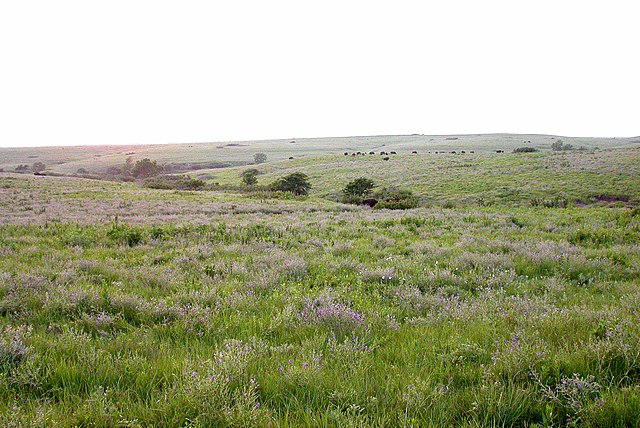Molinia caerulea, known by the common name purple moor-grass, is a species of grass that is native to Europe, west Asia, and north Africa. It grows in locations from the lowlands up to 2,300 m (7,546 ft) in the Alps. Like most grasses, it grows best in acid soils, ideally pH values of between 3.5 and 5, however, it can continue to live under more extreme conditions, sometimes to as low as 2. It is common on moist heathland, bogs and moorland throughout Britain and Ireland. Introduced populations exist in northeastern and northwestern North America.
Molinia caerulea
Inflorescence
Habitus (German Horst)
Leaf and vegetative parts
Tussock grasses or bunch grasses are a group of grass species in the family Poaceae. They usually grow as singular plants in clumps, tufts, hummocks, or bunches, rather than forming a sod or lawn, in meadows, grasslands, and prairies. As perennial plants, most species live more than one season. Tussock grasses are often found as forage in pastures and ornamental grasses in gardens.
Tussock-bunch grasslands, dormant season, in the Falkland Islands in the south Atlantic
Bunch-tussock grasses in the Konza tallgrass prairie
Larvae of the Geitoneura klugii feed on grasses like slender tussock grass, kangaroo grass, and false brome.
Tussock and various types of flora near Keetmanshoop in Namibia








